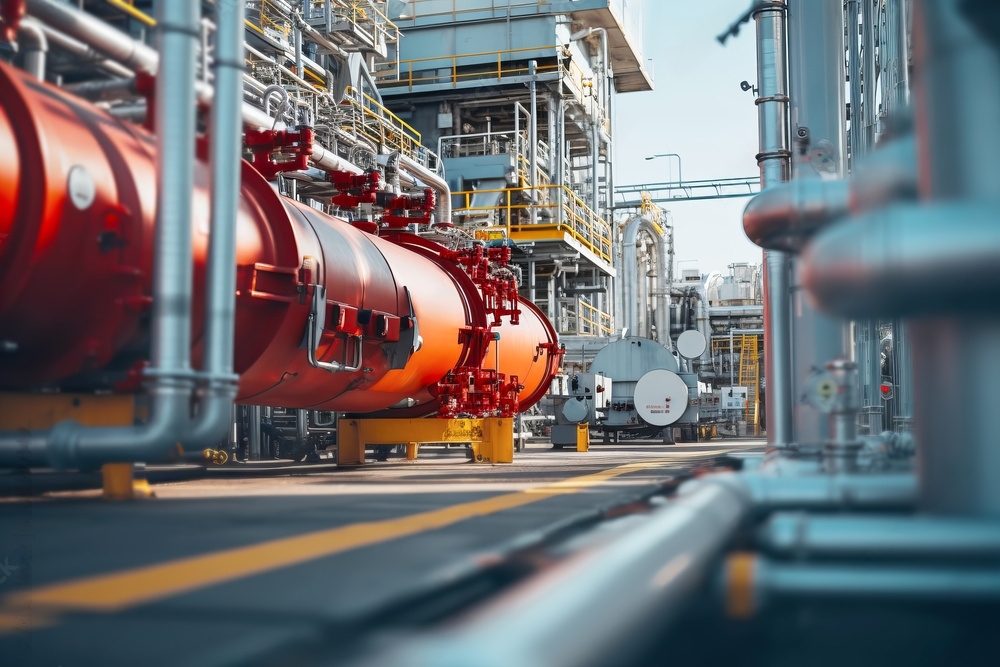- Home
- Courses
Flare Systems & Relief Devices
Design

- ✔️ Understand the fundamental principles of flare systems and pressure relief devices
- ✔️ Design and size flare systems and relief devices
- ✔️ Apply industry standards and regulations in the design process
- ✔️ Troubleshoot and maintain flare and relief systems
- ✔️ Analyze case studies and real-world applications to optimize flare system performance and safety
- ✔️ Overview of flare systems and their purpose in the industry
- ✔️ Importance of pressure relief devices (PRDs) in process safety
- ✔️ Regulatory standards and guidelines (API, ASME, NFPA)
- ✔️ Key design parameters for flare systems and relief devices
- ✔️ Different types of relief devices: safety valves, rupture discs, vent systems
- ✔️ Components of a flare system: flare headers, knockout drums, flare stacks
- ✔️ Design criteria: flow rates, pressure, temperature, composition
- ✔️ Flare tip design and optimization
- ✔️ Selecting flare system materials (corrosion resistance, high temperature, etc.)
- ✔️ Flare system layout and integration with plant design
- ✔️ Sizing of pressure relief valves (PRVs) and blow-off valves
- ✔️ Flow capacity and performance curves for PRVs
- ✔️ Spring-loaded vs. pilot-operated valves
- ✔️ Set pressures, overpressure protection, and relief valve sizing
- ✔️ Flow backpressure effects and their impact on relief valve selection
- ✔️ Relief system design principles and calculations
- ✔️ Determining relief load and sizing relief devices
- ✔️ Defining set pressure and accumulation limits
- ✔️ Controlling overpressure in relief devices
- ✔️ Design considerations for multi-phase systems
- ✔️ Sizing of flare systems based on flow rates and gas composition
- ✔️ Determining flare header diameter, pressure drop, and velocity
- ✔️ Knockout drum sizing and separation principles
- ✔️ Heat dissipation and flame management in flare systems
- ✔️ Design calculations for flare tip capacity
- ✔️ Operating conditions for flare systems: flow variability, wind effects, temperature fluctuations
- ✔️ Flare ignition systems and safety measures
- ✔️ Flame radiation and environmental impact
- ✔️ Noise control in flare systems
- ✔️ Maintenance requirements for flare systems
- ✔️ Functional testing and calibration of relief valves
- ✔️ Pressure relief device performance monitoring
- ✔️ Preventive and predictive maintenance for PRDs
- ✔️ Troubleshooting PRDs: leaks, seat damage, and corrosion
- ✔️ Repair and replacement strategies for PRDs
- ✔️ Flare gas composition and its impact on the environment
- ✔️ Emissions regulations and compliance (EPA, local regulations)
- ✔️ Design strategies to minimize environmental impact (smoke, odor, etc.)
- ✔️ Zero-emission flaring technologies
- ✔️ Implementing air pollution control in flare systems
- ✔️ Emergency relief venting and flare systems for critical operations
- ✔️ Design considerations for large-scale industrial facilities (offshore platforms, refineries)
- ✔️ Advanced flare tips and new technologies
- ✔️ Integration of flare systems with other safety systems (ESD, fire suppression)
- ✔️ Emergency response and mitigation in flare system design
- ✔️ Introduction to modeling software for flare and relief systems
- ✔️ Simulation of flare gas flow, pressure drop, and temperature
- ✔️ Dynamic modeling of PRVs and flare systems under transient conditions
- ✔️ Case studies using software for design optimization and safety analysis
- ✔️ Using modeling tools for troubleshooting and risk assessment
- ✔️ Real-world case studies of flare system failures and lessons learned
- ✔️ Incident analysis of relief device failures and mitigation strategies
- ✔️ Designing a flare system for a specific process unit
- ✔️ Group project: Design and sizing of a flare system and PRDs for a case study plant
- ✔️ Discussions on plant-specific challenges and solutions
- ✔️ Final exam: Theoretical assessment covering flare system and relief device design
- ✔️ Group project presentations: Review and critique of flare and relief device designs
- ✔️ Review of course materials and key concepts
- ✔️ Open Q&A session and feedback

